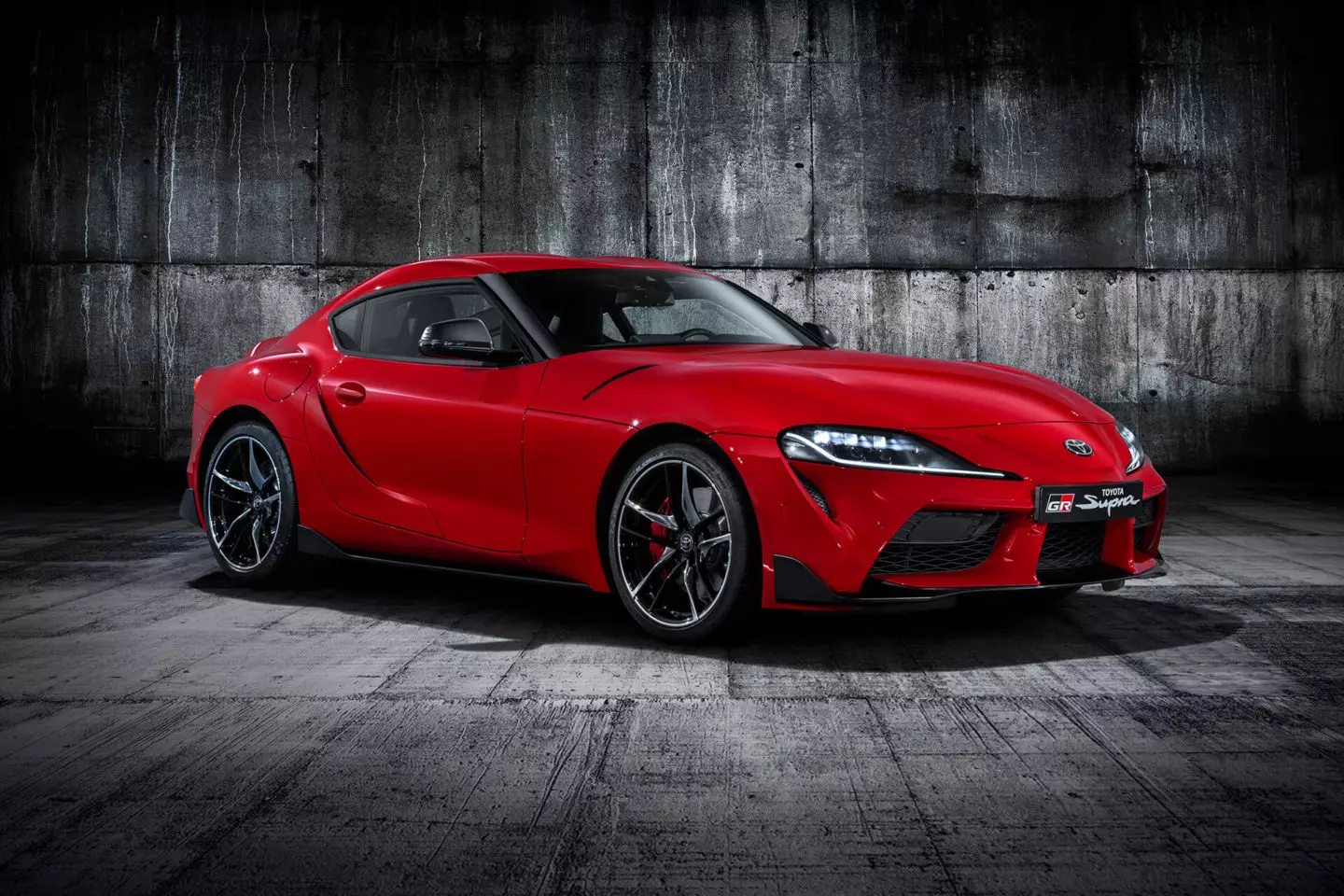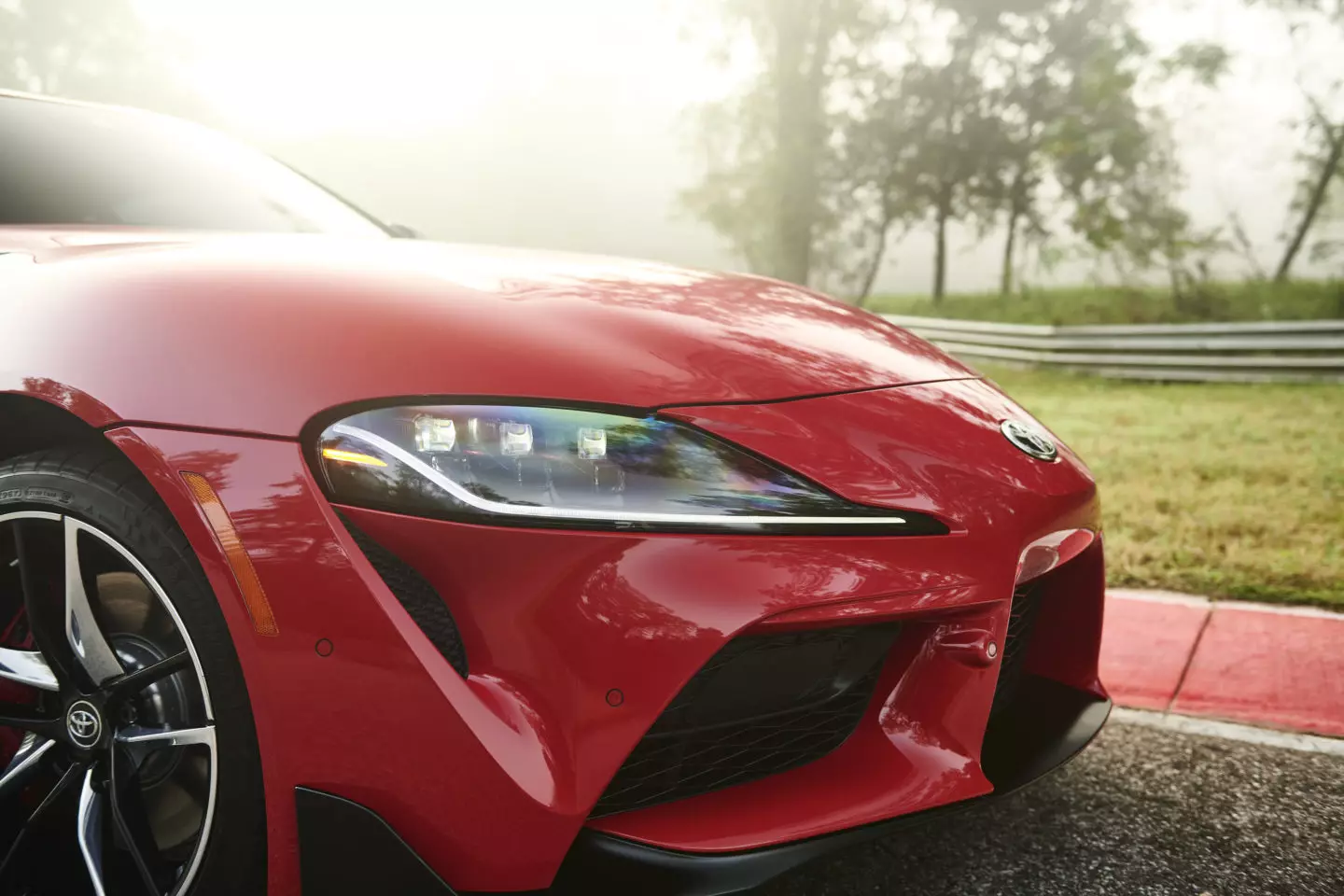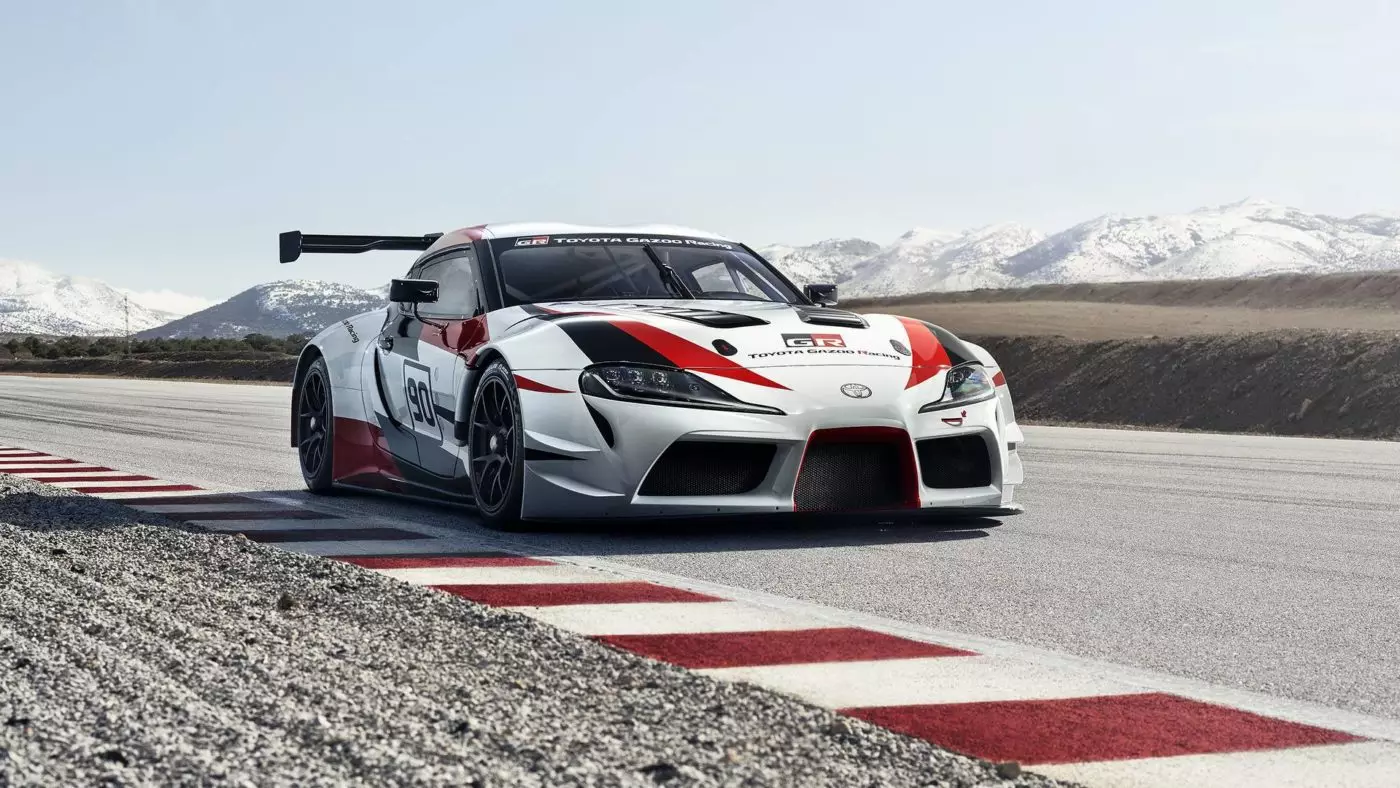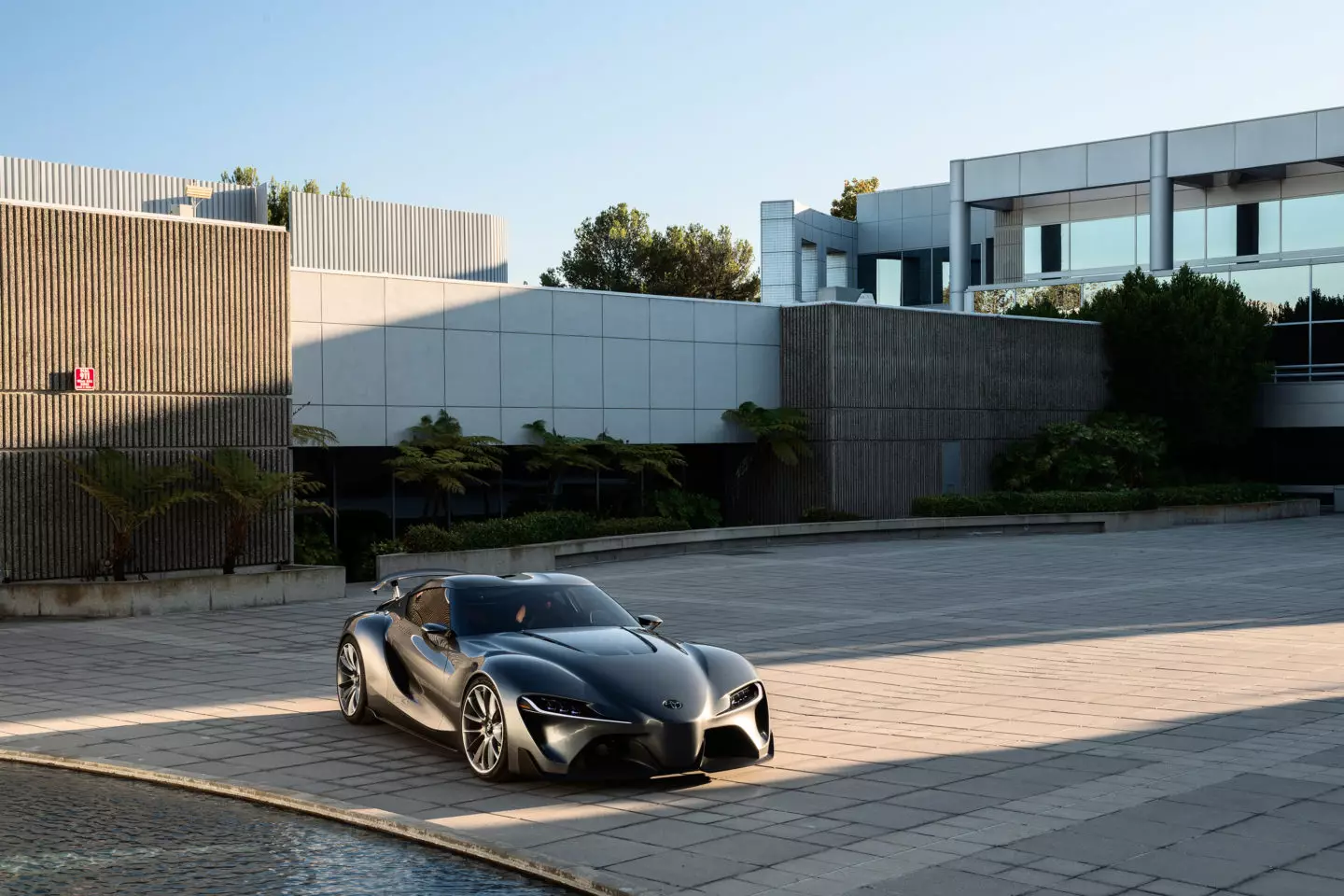THE new Toyota Supra has given rise to all sorts of discussions and controversies in the automobile world, one of the “hottest” topics at the beginning of the year.
Could… from the legacy of the name, to the legendary 2JZ-GTE, to the presence in the saga “The Fast and Furious” or on the Playstation raised the status of Supra — more than 100,000 euros are already paid for a Supra A80, demonstrating the growing value of the Japanese sports car.
Among the many controversies and topics of discussion about this new German-Japanese sports car, one of the most recent refer to the profusion of air inlets and outlets along your bodywork. , a topic that has attracted attention in the North American publications Jalopnik and Road & Track.

There are really many. At the front there are three air intakes, one extending the ends of the headlamps, an air outlet on each side of the bonnet, an air intake on the door, and we see two side outlets delimiting the rear, starting with the extension of the ends of the lanterns back.
Of these all, only the ones in front are actually true — despite the fact that both sides are partially covered. All other entrances and exits are covered, seeming to serve no purpose other than aesthetic.
Supra is not the only one
Look at most new and relatively recent cars, and if you look closely at the grilles, intakes and vents present, most of them are covered, serving only an aesthetic or decorative purpose — it's not just Fake News, the Fake era Design is at its full strength.
the arguments
Jalopnik started by pointing out all the false air intakes and vents on the new Supra, but Road & Track had the opportunity to question Tetsuya Tada, the chief engineer of the new Toyota Supra development program, precisely on this topic.
And Tetsuya Tada justified them (through a translator), referring to how halfway through the development of the road Supra, they also started the development of a competition Supra. The competition car's distinct needs would eventually influence the final road car design, including the presence of multiple air intakes and outlets.

According to Tetsuya Tada, despite being covered, they are there to be enjoyed by the competition car, where they will be uncovered. In some cases, in the words of the chief engineer, it is not enough to simply “pull off” the plastic that covers them — it may require more work — but all of them can serve the refrigeration and aerodynamic purpose for which they were originally intended.
Subscribe to our Youtube channel
The only Supra for circuits we've seen so far is the prototype Toyota Supra GRMN , presented at the 2018 Geneva Motor Show, without confirmation about its eventual entry into competition, and also which category — LMGTE, Super GT, etc...

Toyota GR Supra Racing Concept
As you can see, the Supra GRMN received extensive changes to its bodywork — much wider and with new sections, such as the rear with a profile different from that of the road car. It's the first known prototype, so until we see the car that will actually compete, we'll be able to see more changes. And will there be room for a competition Supra closer to the road car?
Even so, after Tetsuya Tada's statements, Jalopnik insists on its argument, with the author of the article not believing the words of the chief engineer of Supra, and for that, it demonstrates it with a series of images (follow the link at the end of the article) which shows where some of the supposed air inlets and outlets lead, noting that it is not possible to make them functional.

Toyota FT-1, 2014
After all, where are we left? Pure decoration — making the visual connection to the FT-1 concept that served as the basis for the design of the new Supra — or can they be really functional, when applied in competition or in preparation?
Sources: Road & Track and Jalopnik
